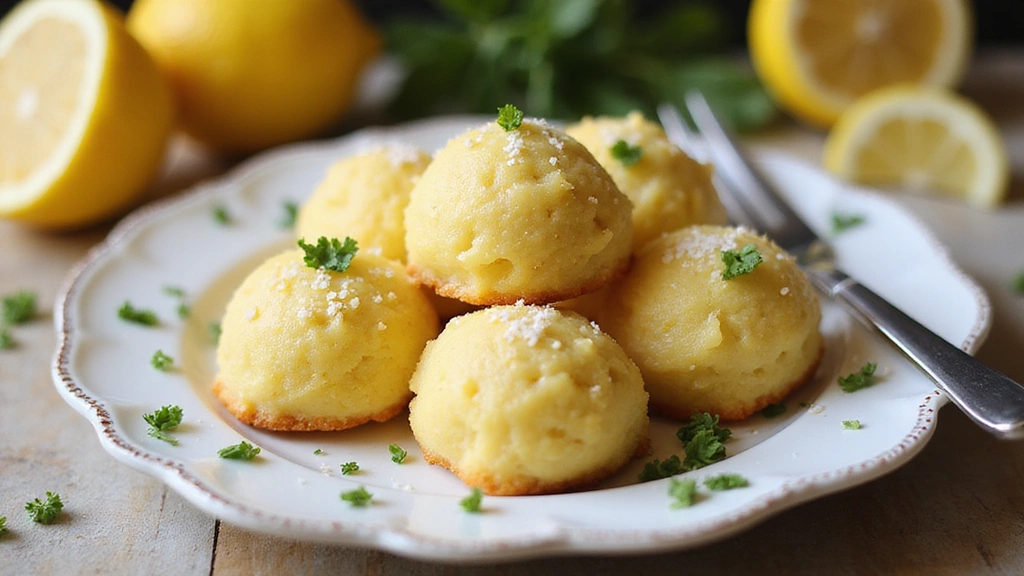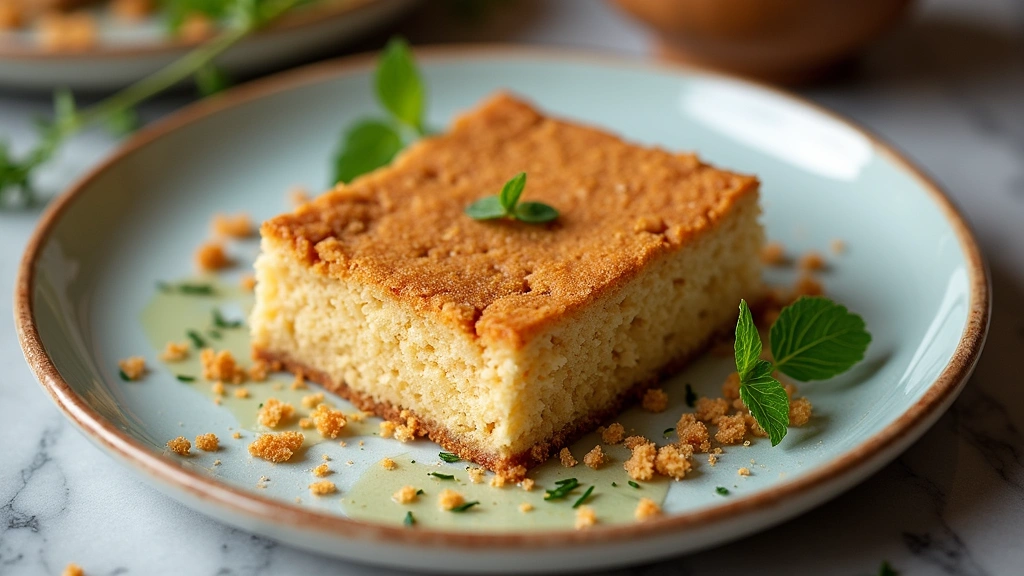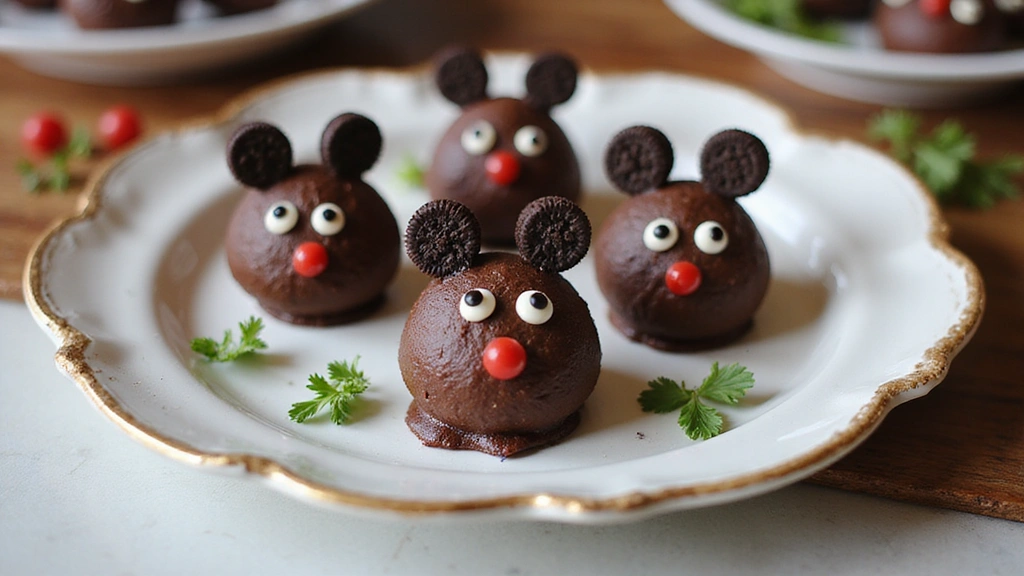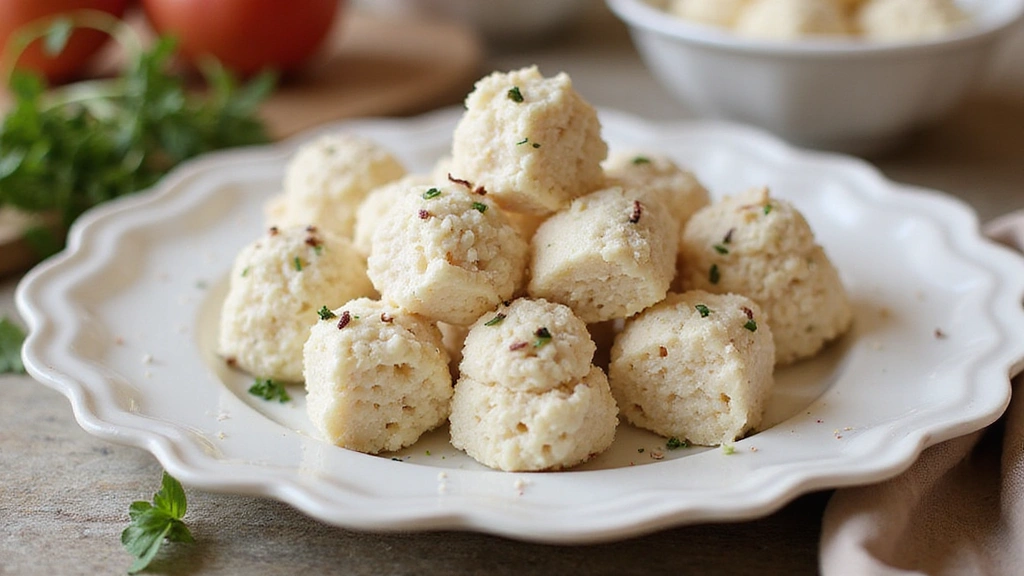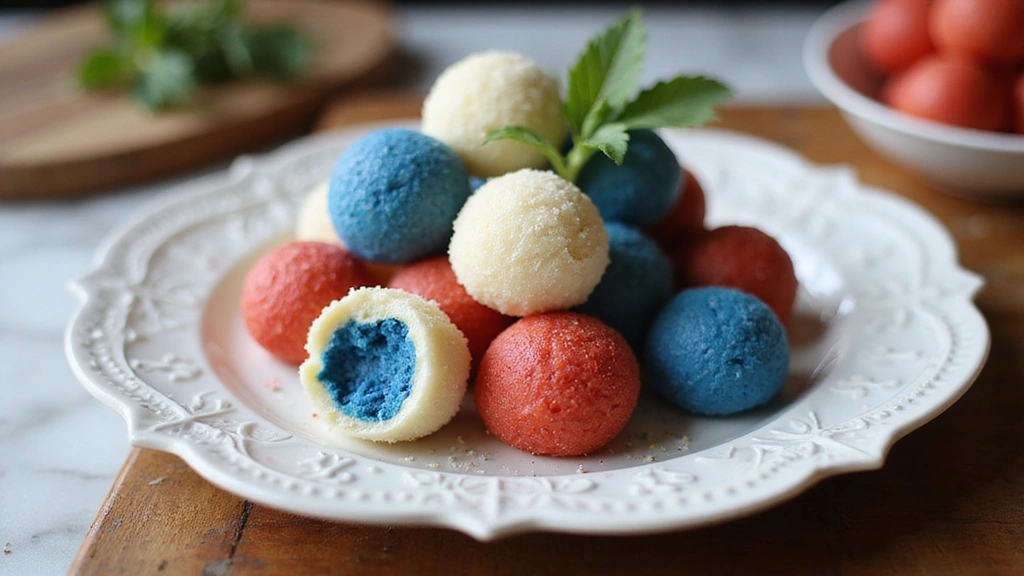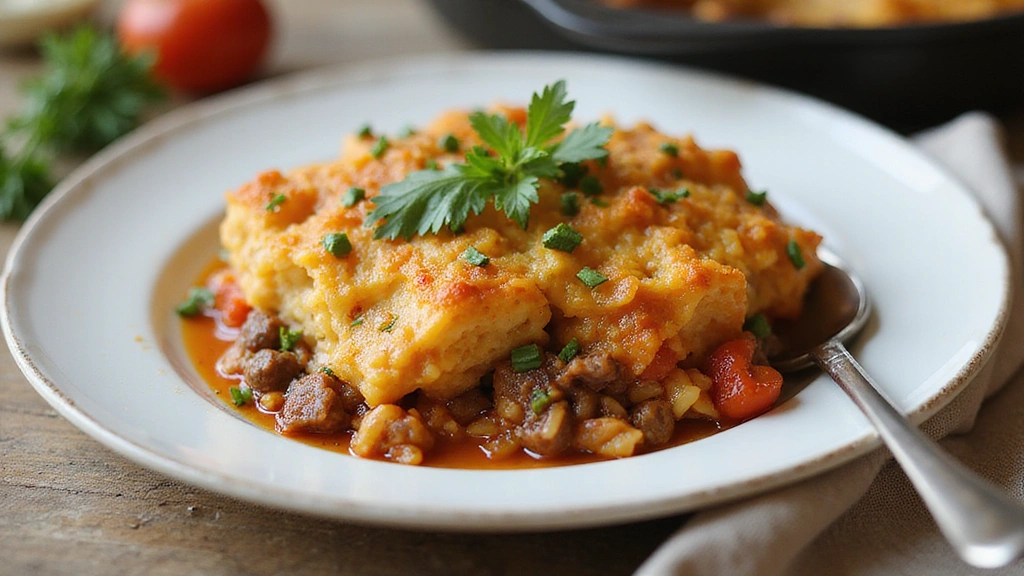Bite-Sized Sunshine: The Zesty Lemon Cake Balls are the perfect little treats to brighten any day.
Their tangy lemon flavor is balanced by a sweet, creamy glaze that creates a delightful flavor explosion in every bite.
I stumbled upon this recipe during a sunny afternoon in a quaint coastal town, where the zesty aroma of lemon desserts filled the air.
These cake balls are ideal for spring and summer gatherings, bringing a burst of sunshine to your dessert table.
Whether you’re hosting a garden party or a casual get-together, these treats are sure to disappear fast.
The History and Cultural Significance
• Bite-Sized Sunshine traces its origins to the Mediterranean region, where it was originally created by bakers who embraced citrus flavors.
• The dish evolved over decades as bakers experimented with different glazes and fillings, eventually becoming the beloved version we know today.
• In Mediterranean cultures, this dish traditionally appears at springtime celebrations, symbolizing renewal and sunshine.
• While many variations exist across different regions, the authentic version maintains a zesty lemon flavor that sets it apart from imitations.
Recipe Overview
Nutritional Information (per serving)
Essential Equipment Guide
Microplane Zester: Crucial for achieving a fine, even zest that infuses the cake with fresh lemon flavor. Alternatives like regular zesters may produce larger pieces that are harder to incorporate smoothly.
Stand Mixer: Helps achieve a fluffy cake batter and creamy glaze consistency. Hand mixers can work, but may require more effort and time.
Cookie Scoop: Ensures uniform cake ball sizes, promoting even cooking. A tablespoon measure can be used as a substitute, although it may be less precise.
Ingredients
For the Cake Balls
|
| Amount | Ingredient | Notes |
|---|---|---|
| 1 cup | all-purpose flour | sifted for a light texture |
| 1/2 teaspoon | baking powder | ensures rise |
| 1/4 teaspoon | salt | enhances flavor |
| 1/2 cup | unsalted butter | softened for easy mixing |
| 3/4 cup | granulated sugar | adds sweetness |
| 1 large | egg | binds ingredients |
| 1 tablespoon | lemon zest | provides zesty flavor |
| 1/4 cup | fresh lemon juice | adds tanginess |
For the Glaze
| Amount | Ingredient | Notes |
|---|---|---|
| 1 cup | powdered sugar | creates smooth glaze |
| 2 tablespoons | fresh lemon juice | adds tangy flavor |
| 1 teaspoon | lemon zest | enhances citrus aroma |
Preparation Methods
Zesting: Use a microplane to zest the lemon, ensuring only the yellow part is removed, as the white pith is bitter. This technique infuses the cake with fresh lemon flavor.
Creaming: Cream the butter and sugar until light and fluffy, which incorporates air and ensures a tender cake texture. Ensure butter is softened for best results.
Rolling: Roll the cake balls with slightly damp hands to prevent sticking and achieve smooth, even shapes.
Step 1: Preheat Oven
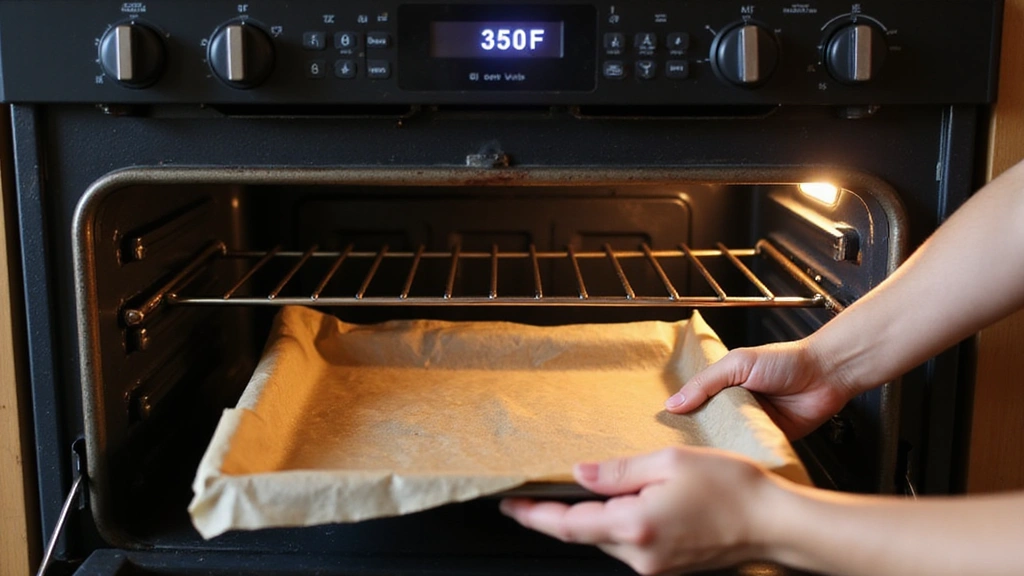
Preheat your oven to 350°F (175°C).
Ensure the oven rack is in the center position for even baking.
Check that the oven thermometer matches the set temperature.
Prepare a baking sheet lined with parchment paper.
Step 2: Prepare Dry Ingredients
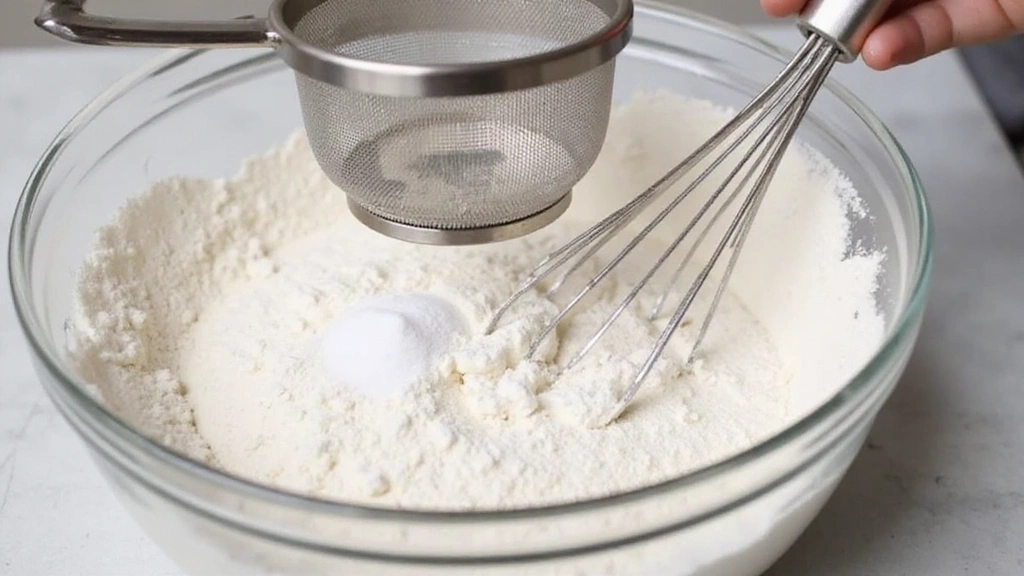
In a medium bowl, sift together the flour, baking powder, and salt.
Use a whisk to combine thoroughly, ensuring no lumps remain.
Set the mixture aside for later use.
This step ensures the cake balls have an even texture.
Step 3: Cream Butter and Sugar
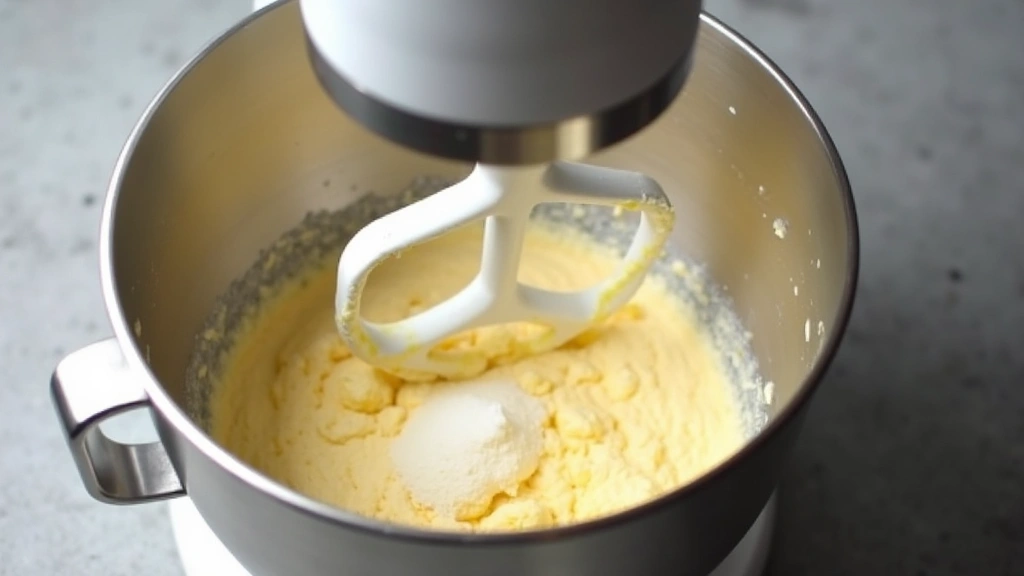
In a stand mixer, cream the softened butter and sugar on medium speed.
Mix until the mixture becomes light and fluffy, about 3-4 minutes.
Scrape down the sides of the bowl to incorporate all ingredients.
This step helps create a tender cake texture.
Step 4: Add Egg and Lemon
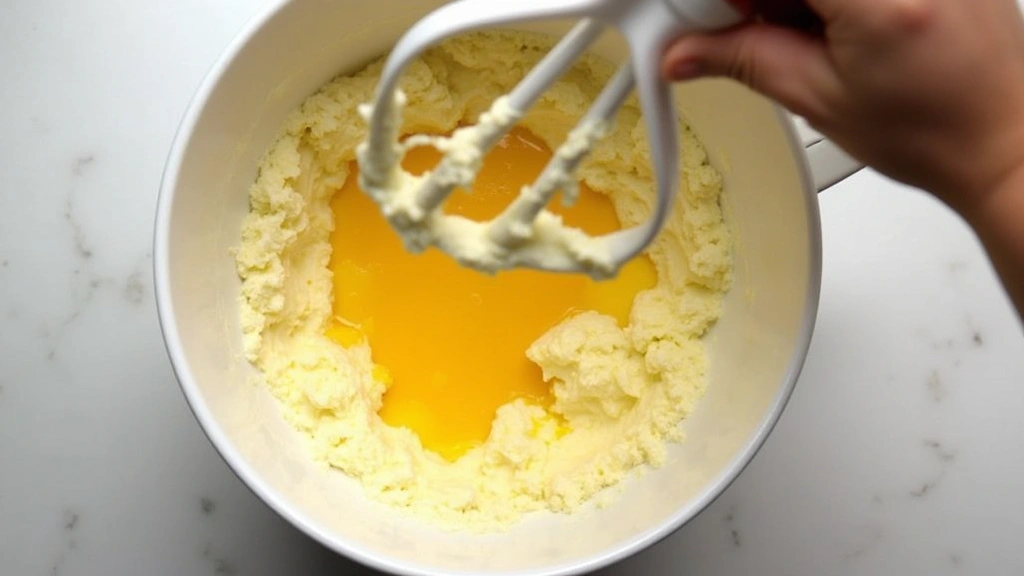
Add the egg to the creamed butter and sugar mixture.
Mix on low speed until fully incorporated.
Add the lemon zest and lemon juice, mixing until combined.
Ensure the mixture is smooth and homogenous.
Step 5: Combine Wet and Dry Ingredients
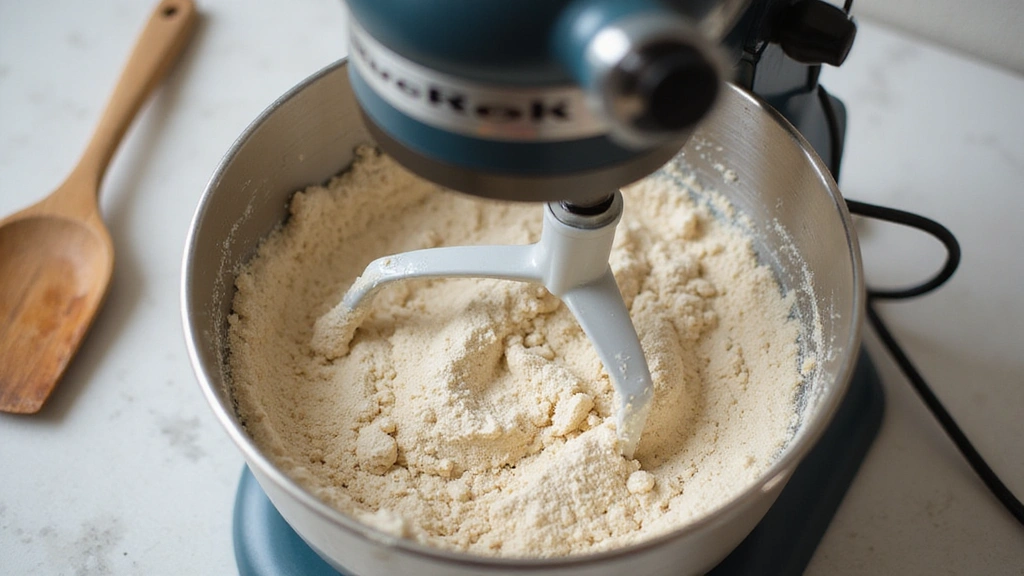
Gradually add the dry ingredients to the wet mixture.
Mix on low speed until just combined.
Avoid overmixing, which can result in dense cake balls.
Stop mixing when no streaks of flour remain.
Step 6: Shape Cake Balls
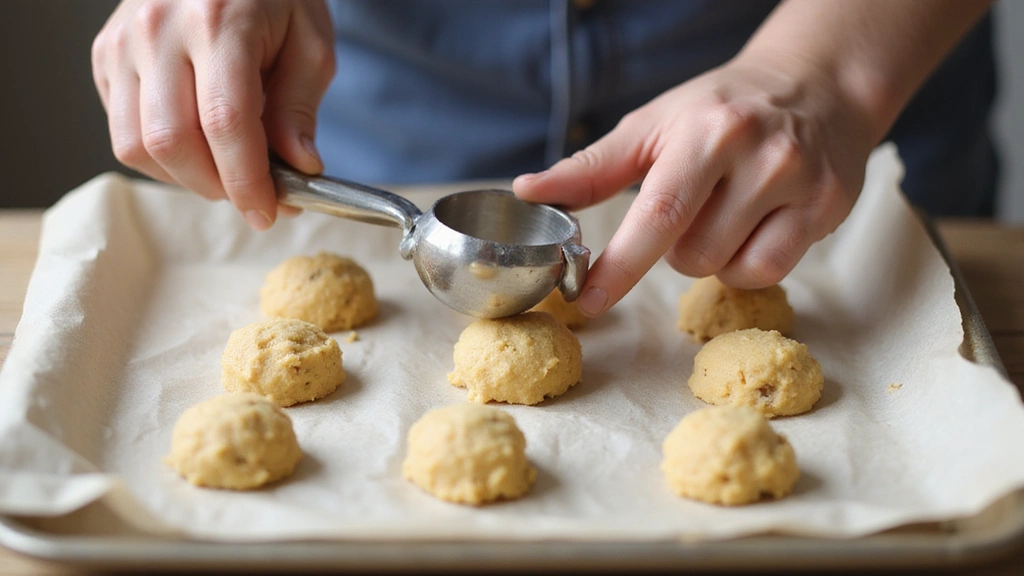
Use a cookie scoop to portion the dough into even balls.
Roll each portion between your palms to form a smooth ball.
Place the balls on the prepared baking sheet, spacing them evenly.
This ensures even baking and consistent sizes.
Step 7: Bake Cake Balls
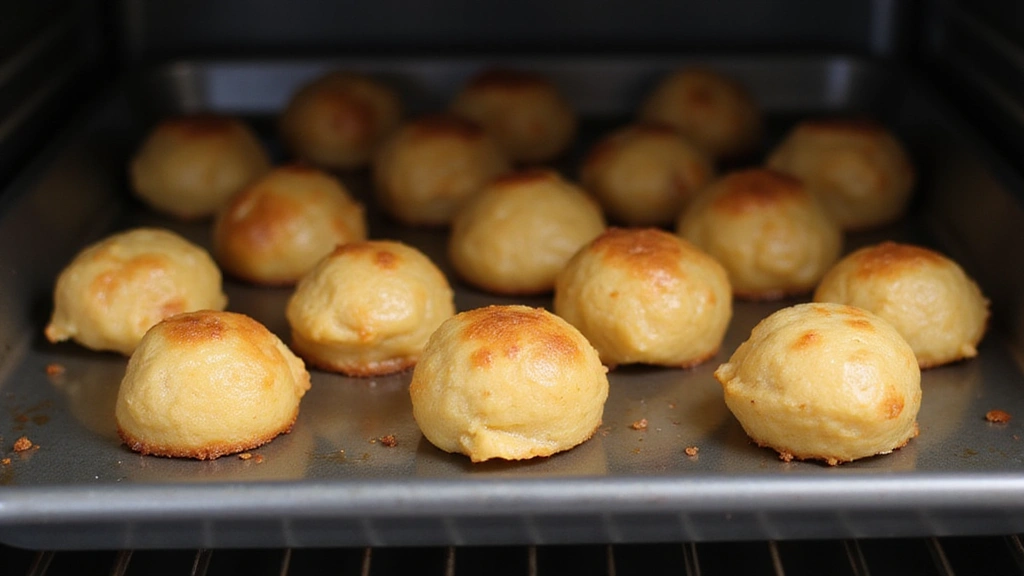
Place the baking sheet in the preheated oven.
Bake for 15-18 minutes, until lightly golden.
Look for a firm surface that springs back when touched.
This ensures the cake balls are cooked through.
Step 8: Prepare Glaze
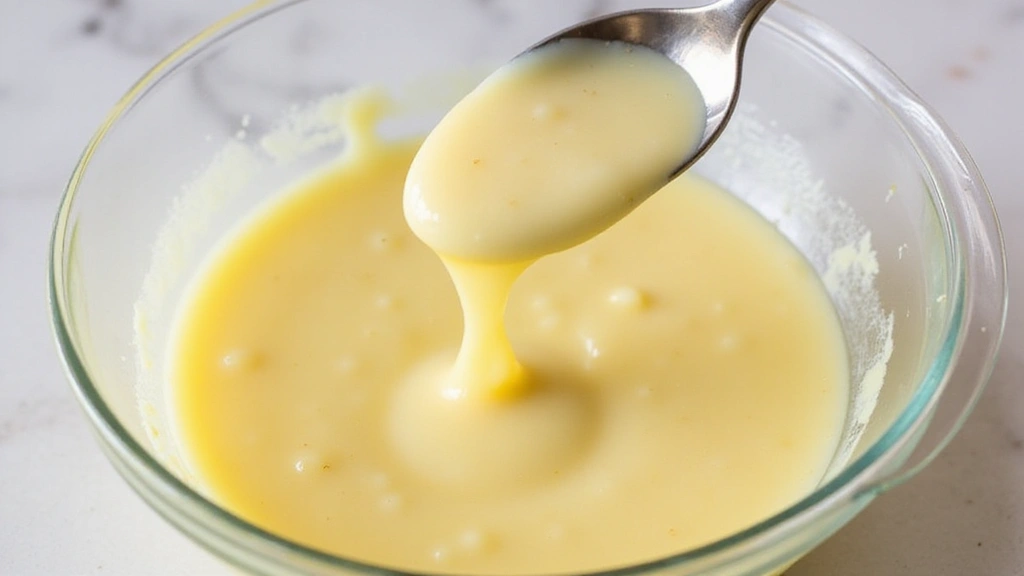
In a small bowl, whisk together powdered sugar, lemon juice, and zest.
Mix until smooth and pourable.
Adjust consistency with additional sugar or juice if needed.
The glaze should coat the back of a spoon.
Step 9: Glaze Cake Balls
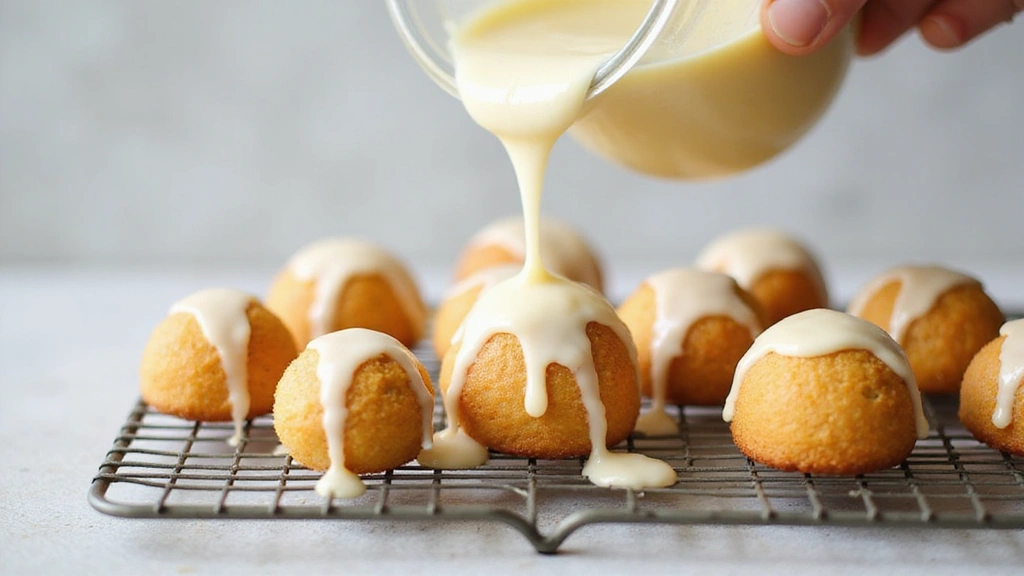
Once cake balls are cool, dip each into the glaze.
Let excess glaze drip off before placing on a wire rack.
Repeat for all cake balls, ensuring even coverage.
Allow the glaze to set for at least 10 minutes.
Step 10: Serve and Enjoy
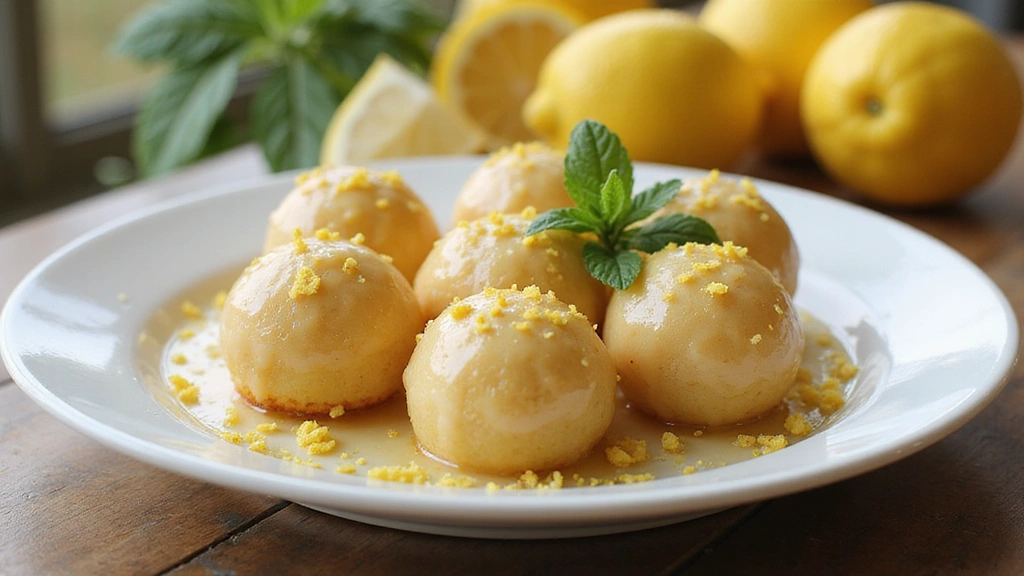
Once the glaze has set, transfer cake balls to a serving platter.
Garnish with additional lemon zest or mint leaves if desired.
Serve immediately for the best texture and flavor.
Enjoy as a delightful treat any time of day.
Critical Timing and Temperature Guide
Baking the Cake Balls: Bake at 350°F for 15-18 minutes until lightly golden. They should spring back when touched. Avoid overbaking to prevent dryness.
Glaze Setting: Allow the glaze to set for at least 10 minutes. It should form a slightly hard shell. Ensure the cake balls are completely cool before glazing.
Lemon Zesting: Zest lemons just before use to preserve oils and flavor. Avoid zesting too deeply to prevent bitterness.
Pro Tips for Bite-Sized Sunshine
• Ingredient Selection: Choose fresh, vibrant lemons for the best zest and juice. This significantly impacts the final flavor.
• Preparation Secret: Chilling the dough for 15 minutes before shaping can help achieve smoother balls.
• Temperature Management: Ensure all ingredients are at room temperature for easier mixing and better texture.
• Texture Enhancement: Sift flour to aerate and prevent a dense texture.
• Flavor Layering: Use both lemon zest and juice to build depth and complexity in the lemon flavor.
• Make-Ahead Strategies: Prepare cake balls in advance and freeze unglazed for up to a month. Thaw and glaze before serving.
• Restaurant-Quality Finishing Touches: Garnish with a fresh mint leaf or edible flowers for a professional touch.
• Equipment Optimization: If using a hand mixer, periodically scrape down the bowl to ensure even mixing.
Troubleshooting Common Issues
• Dense Texture: This could be due to overmixing or using cold butter. Mix just until combined and use softened butter.
• Glaze Too Runny: Gradually add more powdered sugar until desired consistency is reached.
• Flavor Too Tart: Balance with a bit more sugar in the glaze or ensure lemons are not overly sour.
• Uneven Baking: Ensure even spacing between cake balls and use a center oven rack for consistent heat.
• Sticky Dough: Slightly chill the dough to make it easier to handle and shape into balls.
Variations and Regional Differences
• Italian Lemon Cake Balls: Incorporate ricotta cheese for a creamy texture and add a dash of limoncello for authentic flavor.
• French Citron Cake Balls: Use a touch of almond flour for a nutty taste and finish with a lavender-infused glaze.
• American Lemon Poppy Seed Balls: Add poppy seeds to the batter for a crunchy texture and distinct flavor.
• Greek Lemon Honey Cake Balls: Use honey as a sweetener and add Greek yogurt for moisture and tang.
Food Science Behind the Recipe
• Emulsification: The process of creaming butter and sugar creates a stable emulsion that traps air, resulting in a light texture.
• Acid and Baking Powder Reaction: The lemon juice provides acid that reacts with baking powder, producing carbon dioxide for leavening.
• Zest Oils: Lemon zest releases essential oils that impart intense flavor, highlighting the importance of fresh zesting.
Frequently Asked Questions
What's the most common mistake people make when preparing Bite-Sized Sunshine? Overmixing the batter, which can lead to dense cake balls.
How can I make these cake balls gluten-free? Substitute all-purpose flour with a gluten-free baking blend.
Can I use bottled lemon juice instead of fresh? Fresh juice is recommended for optimal flavor, but bottled can be used in a pinch.
What can I use to replace powdered sugar in the glaze? Blend granulated sugar into a fine powder as a substitute.
Can I prepare these cake balls in advance? Yes, store unglazed balls in the refrigerator for up to 3 days or freeze for longer storage.
Why is my glaze not setting? Ensure the cake balls are completely cool and adjust the glaze thickness by adding more sugar.
How do I prevent the glaze from being too tart? Adjust the balance by adding more powdered sugar or reducing lemon juice.
Serving and Presentation Guide
• Traditional Presentation: Arrange cake balls on a white platter with fresh lemon slices for an elegant display.
• Casual Serving: Serve on a rustic wooden board, garnished with mint for a laid-back vibe.
• Party Style: Skewer cake balls on decorative picks and place in a tall glass for easy grabbing.
• Gift Presentation: Pack in a decorative box lined with parchment and tied with a ribbon for a delightful gift.
Conclusion
These Bite-Sized Sunshine: The Zesty Lemon Cake Balls are a delightful treat perfect for any occasion.
Their fresh lemon flavor and moist texture will have everyone reaching for more.
Try this recipe and bring a bit of sunshine to your dessert table today.

